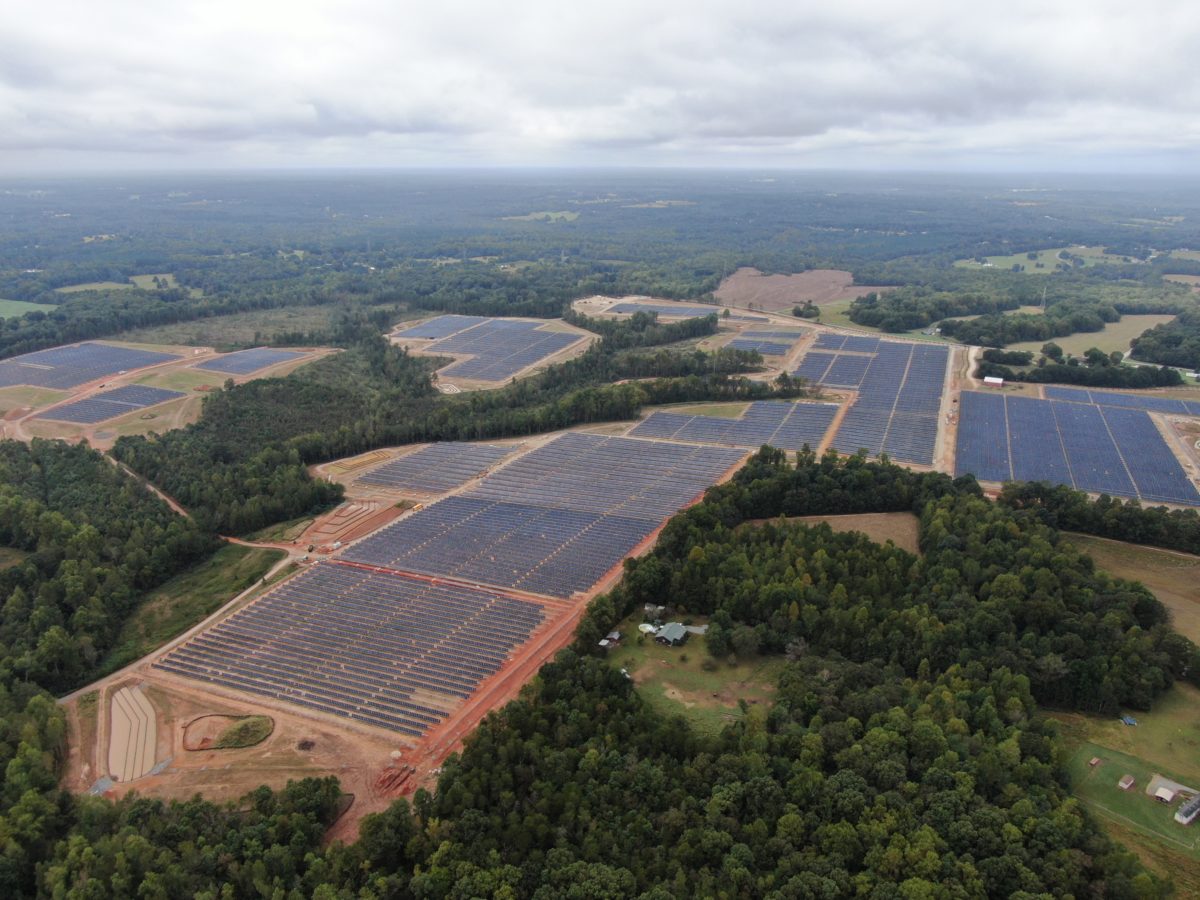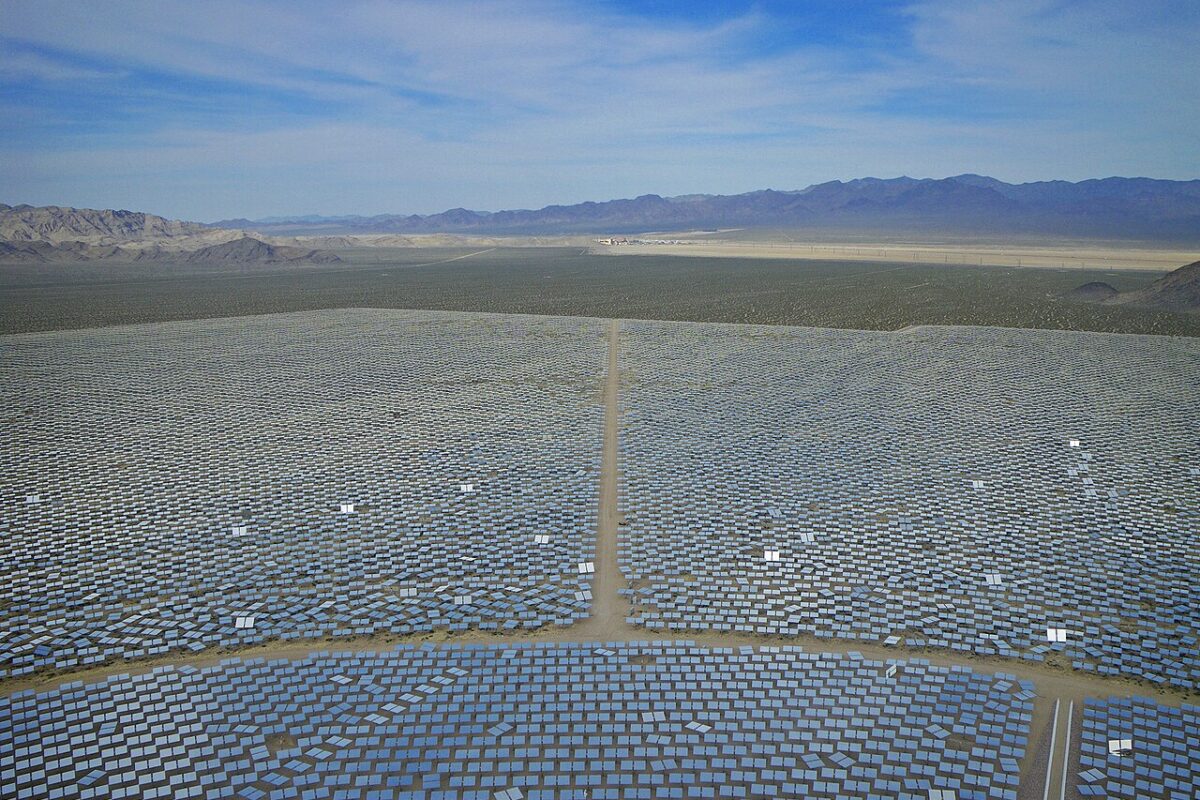“As one of America’s largest electric and gas utilities, we and many of our stakeholders share the view that we can take a leadership role in tackling the greenhouse gas emissions associated with our business and value chain,” said Duke Energy Chief Sustainability Officer Katherine Neebe. “Policy changes and technological innovation are expected to play a key role in meeting these enhanced goals.”
From the perspective of the Sierra Club, Duke’s move away from coal is too little, too late. “While we applaud Duke making a commitment to end their use of coal, 2025 is still too late, and what they replace it with matters,” said Dave Rogers, Southeast deputy regional campaign director for the Sierra Club’s Beyond Coal campaign. Rogers added that, “If Duke wants to protect the communities they serve, they need to get rid of coal by 2030, and replace those plants with clean, renewable energy, not fracked gas plants that will only continue to make the climate crisis worse.”
This article was ammended on 2/15/2022 to add the statement from the Sierra Club.
This content is protected by copyright and may not be reused. If you want to cooperate with us and would like to reuse some of our content, please contact: editors@pv-magazine.com.









By submitting this form you agree to pv magazine using your data for the purposes of publishing your comment.
Your personal data will only be disclosed or otherwise transmitted to third parties for the purposes of spam filtering or if this is necessary for technical maintenance of the website. Any other transfer to third parties will not take place unless this is justified on the basis of applicable data protection regulations or if pv magazine is legally obliged to do so.
You may revoke this consent at any time with effect for the future, in which case your personal data will be deleted immediately. Otherwise, your data will be deleted if pv magazine has processed your request or the purpose of data storage is fulfilled.
Further information on data privacy can be found in our Data Protection Policy.